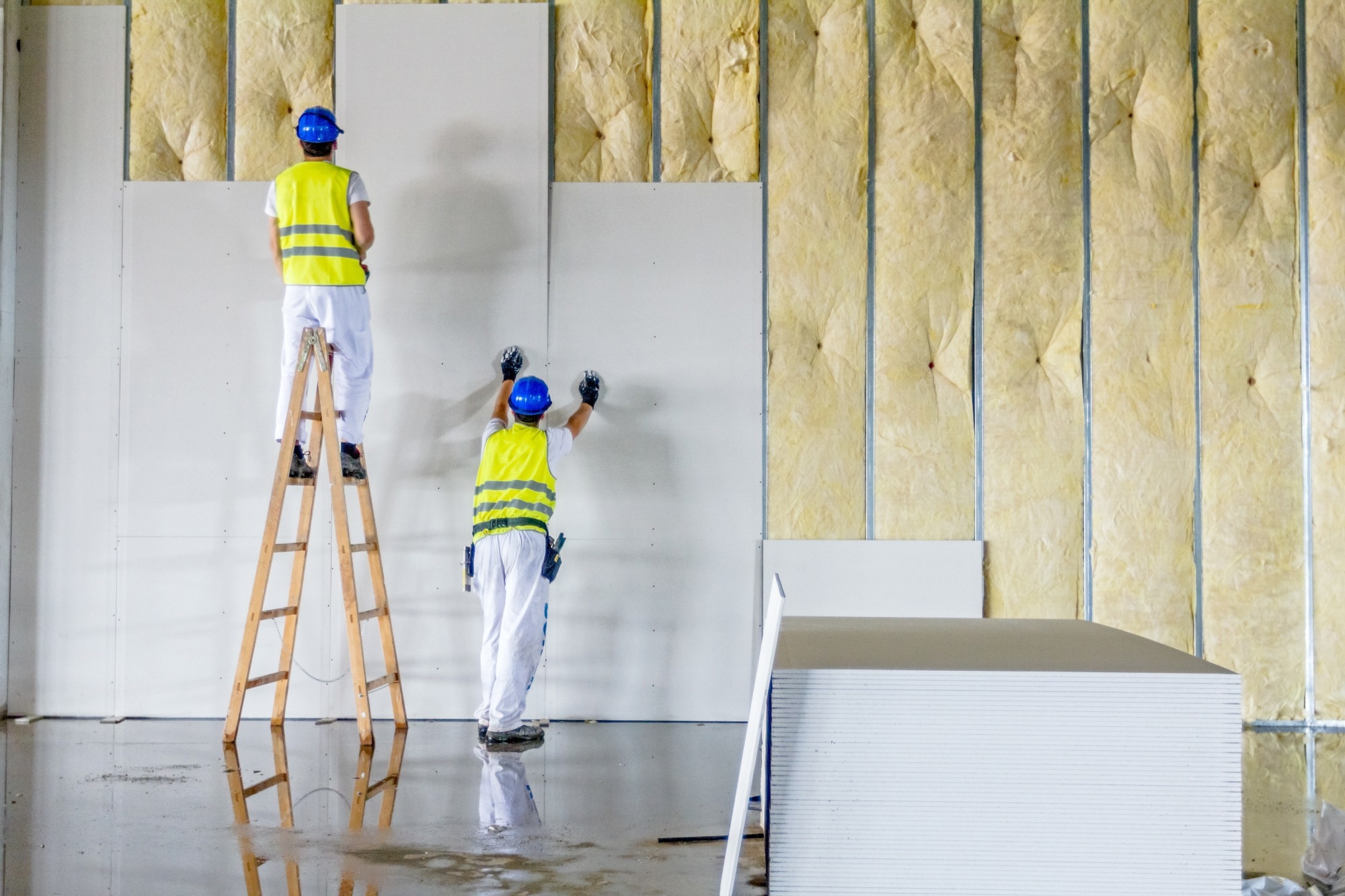Fibrous materials engineered at the micro and nanoscale are setting new benchmarks for thermal insulation. They combine low heat conductivity with flexibility, strength, and active temperature control.
 Image Credit: Roman023_photography/Shutterstock.com
Image Credit: Roman023_photography/Shutterstock.com
In a recent article in Advanced Functional Materials, researchers explored the growing shift from traditional bulk insulation materials to advanced porous structures made from micro and nanofibers. With increasing global demand for energy-efficient, lightweight insulation, particularly in extreme environments, the study highlights how fibrous materials bring unique advantages: high porosity, tunable structure, and complex hierarchical architecture.
These features allow precise control over thermal transfer, making them highly attractive for personal protective equipment, aerospace, automotive design, and sustainable construction. The review illustrates how fiber-based systems can enhance insulation performance and also enable multifunctionality, flexibility, and material adaptability, which are core priorities in next-generation thermal management.
Limitations of Traditional Insulators
Historically, natural fibers like cotton, wool, and silk have been used for insulation, but moisture retention, larger fiber diameters, and low thermal effectiveness can limit their performance. In contrast, engineered synthetic fibers at the micro and nanoscale offer better insulation performance, thanks to smaller diameters, hydrophobic surfaces, and controllable porosity.
The study outlined several fabrication strategies developed to harness these properties. These include electrospinning, solution blow spinning, freeze-drying, layer-by-layer stacking, and templated methods such as ice crystal formation. Each technique offers a way to fine-tune fiber alignment, pore structure, and morphology, all key factors in enhancing thermal insulation.
Fabrication Methods for Tuned Thermal Properties
Electrospinning is a scalable technique for producing ultrafine fibers with high surface area and porosity, allowing the formation of 2D membranes, 3D sponges, and aerogels with tailored architecture.
Focusing on this method, the review covers a range of types, including direct electrospinning, for instance, which enables the creation of hierarchical sponges that effectively trap air and offer opportunities for active temperature control, especially when integrated with conductive materials like carbon nanotubes or silver nanowires.
Solution blow spinning can provide faster production rates, creating fibrous sponges with high porosity and structural complexity. Freeze-drying, which is often combined with templating methods like ice crystal formation, produces lightweight, robust aerogels. Layer-by-layer stacking can create lamellar structures that withstand compression and maintain insulation under stress.
Surface modifications further expand the functionality of insulating materials. Hydrophobic coatings and doping with conductive elements allow these materials to resist moisture or generate heat when exposed to electricity or light.
Download your PDF now!
Performance Outcomes and Engineering Insights
The review found that micro- and nanofiber-based materials consistently outperformed traditional insulators in thermal tests. For example, 2D fibrous membranes achieved porosities above 84 % and thermal conductivities as low as 14 mW m-1 K-1 (through transient plane source measurement). While effective, these membranes can fall short in extreme conditions because of their thin structure.
3D forms, like aerogels and sponges, showed even greater promise. Their hierarchical architecture and tailored porosity helped reflect thermal radiation and offered pathways for active thermal control. In particular, layered aerogels with multi-arched, cellular structures delivered high mechanical strength while minimizing heat transfer under pressure.
Some aerogels embedded with conductive elements demonstrated dynamic thermal responsiveness and were able to heat up or cool down when stimulated by electric current or light, positioning them as ideal candidates for smart insulation systems.
The review emphasized a well-known rule of thumb in engineering: structural design matters. Pore size, fiber alignment, and hierarchical complexity all play a role in balancing insulation performance, durability, and multifunctionality.
Outlook
The researchers concluded that micro/nanofiber porous materials are strong candidates for future thermal insulation technologies. Advanced fabrication methods, like electrospinning, templating, and stacking, have enabled the development of fabrics and aerogels with ultra-low thermal conductivity and added features such as active heat regulation.
Still, challenges remain in widespread adoption in industry. Scaling up production, particularly for more complex 3D structures, is one such issue. Durability in harsh environments needs to be improved, and material sustainability is an ongoing concern. Future research will focus on optimizing structure-function relationships, integrating smart features, and ensuring environmental compliance.
But these innovations are setting the stage for a new generation of thermal insulation: lightweight, tunable, and adaptable to the complicated demands of modern industries.
Journal Reference
Gong X., et al. (2025). Advances in Micro Nanofiber-Based Porous Materials for High-Performance Thermal Insulation, Advanced Functional Materials, e09492. DOI: 10.1002/adfm.202509492, https://advanced.onlinelibrary.wiley.com/doi/10.1002/adfm.202509492